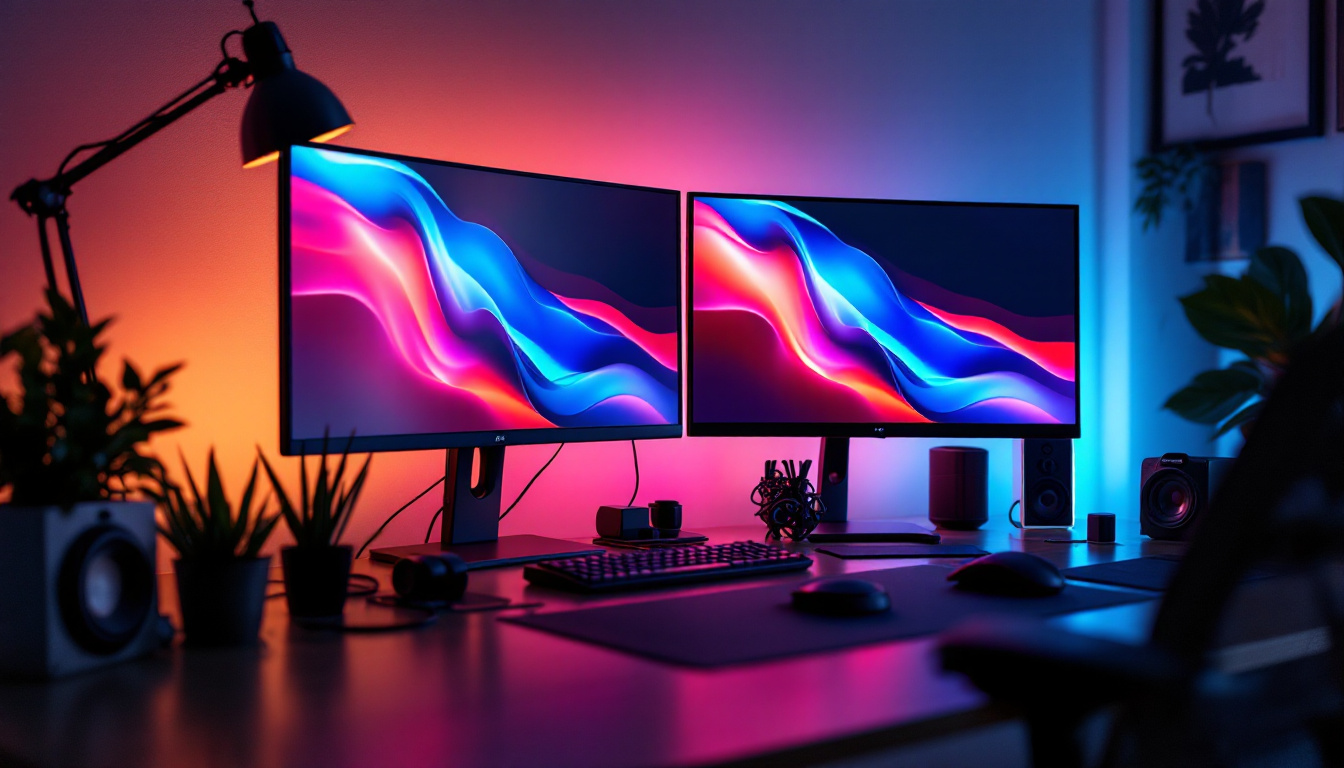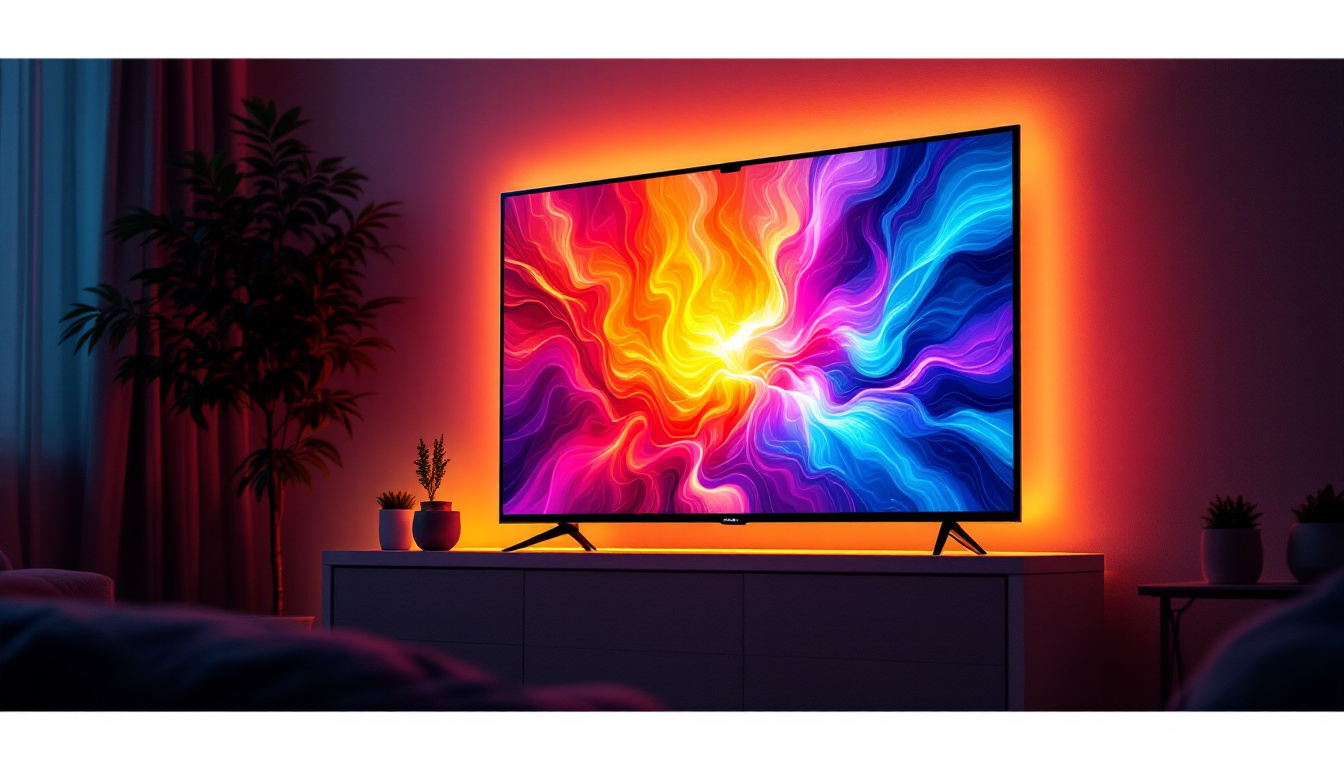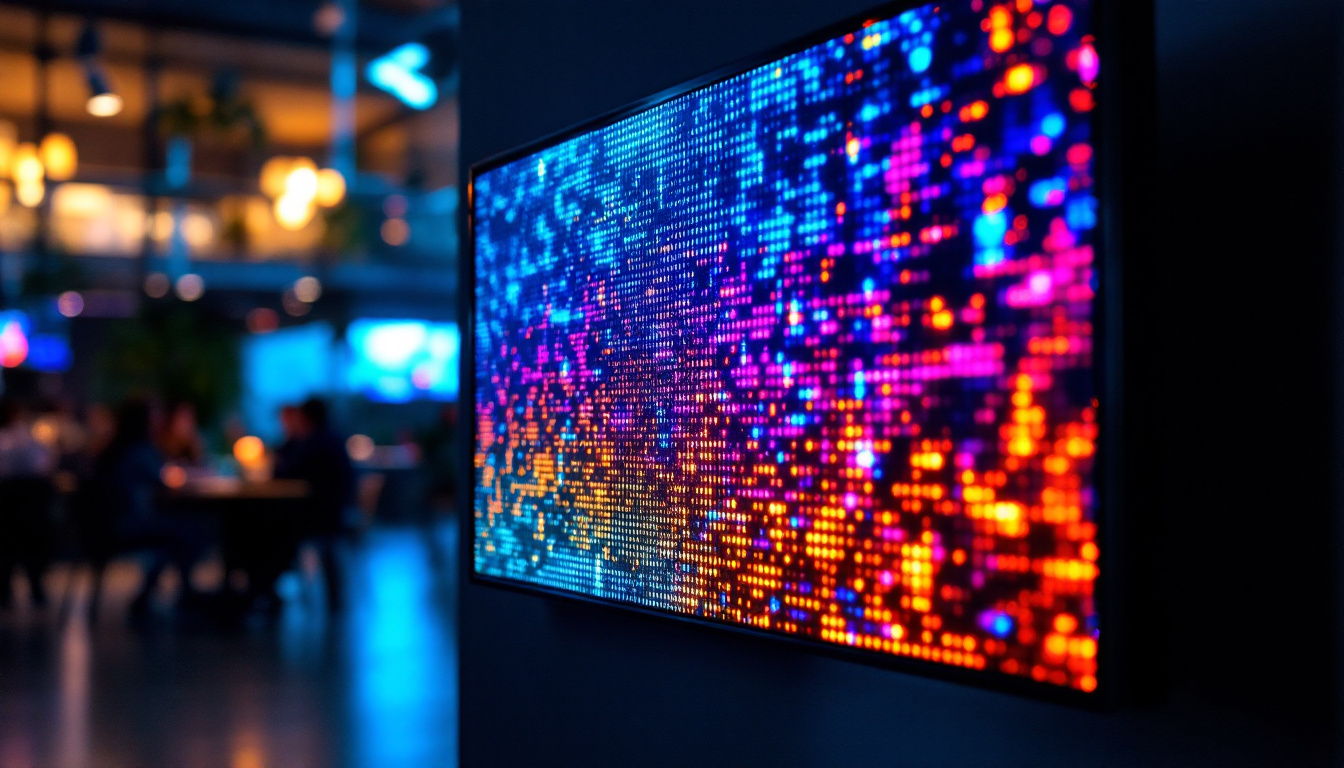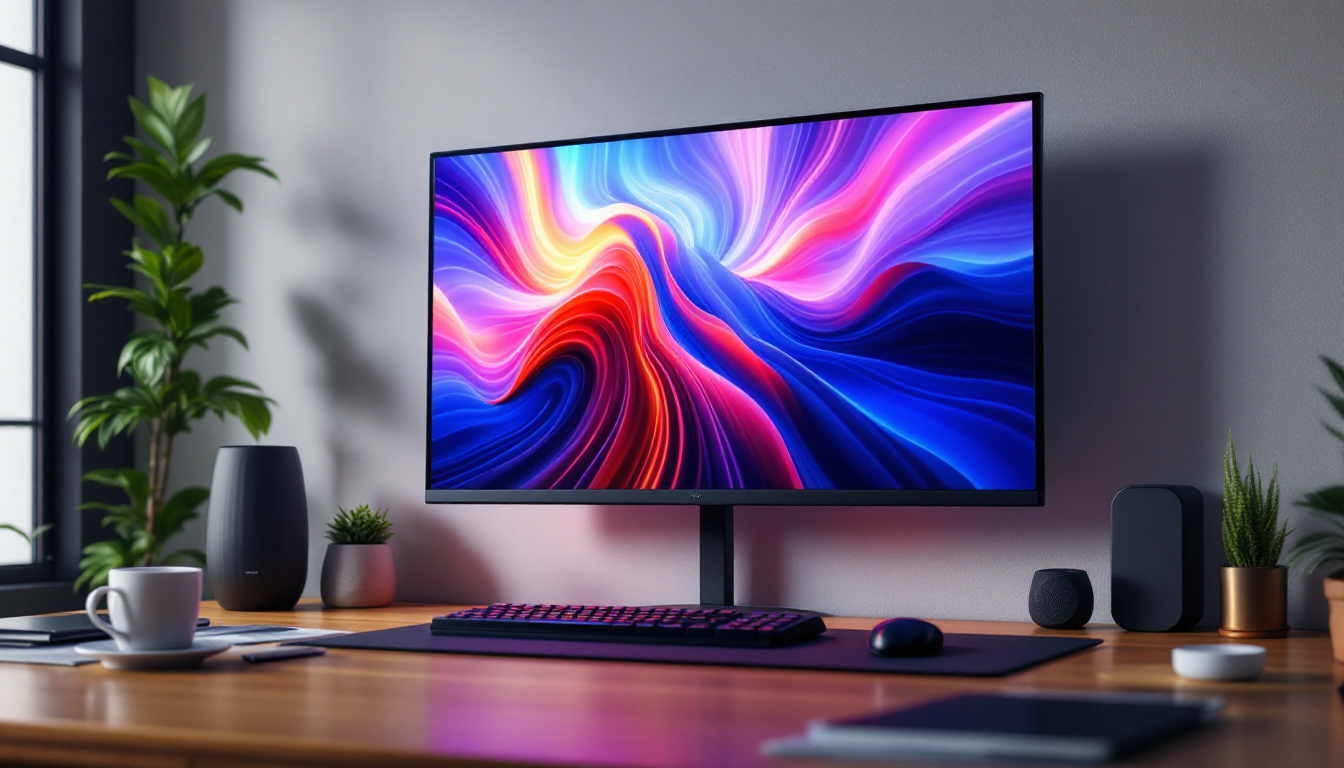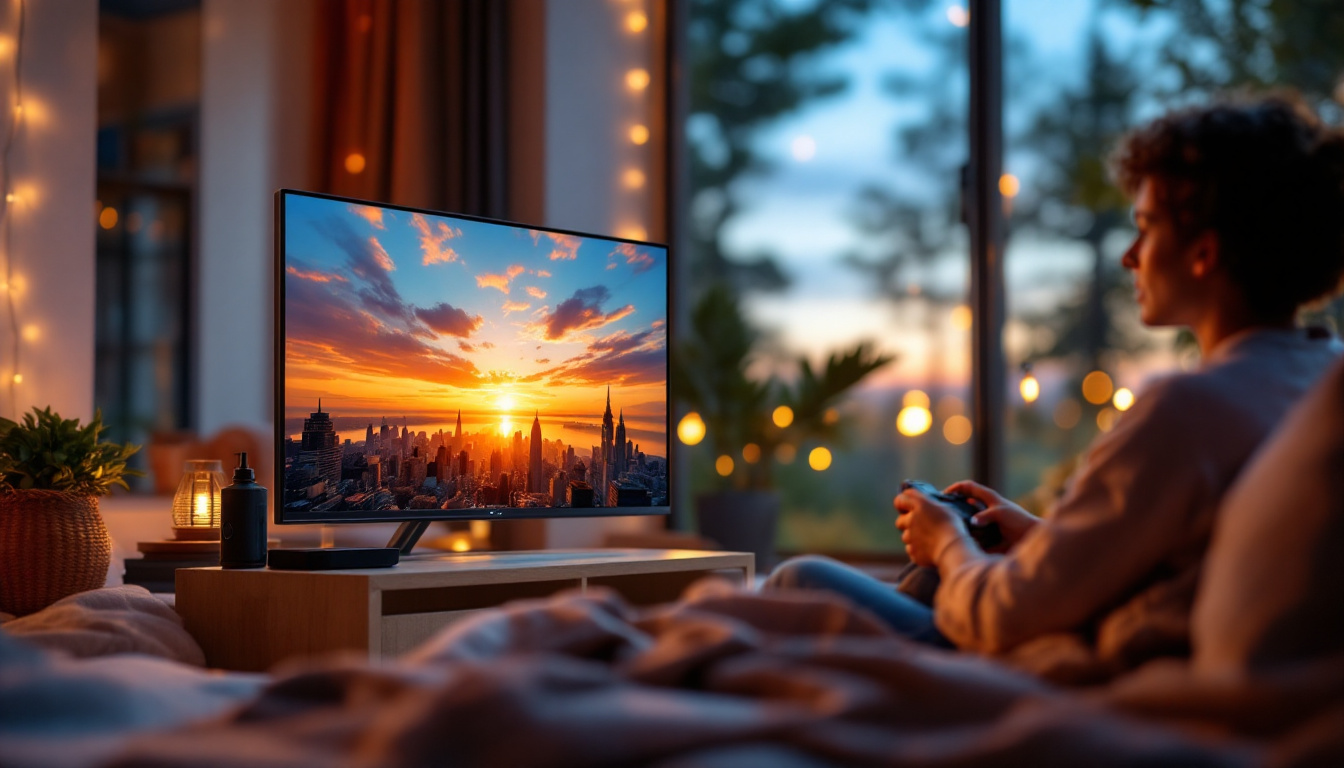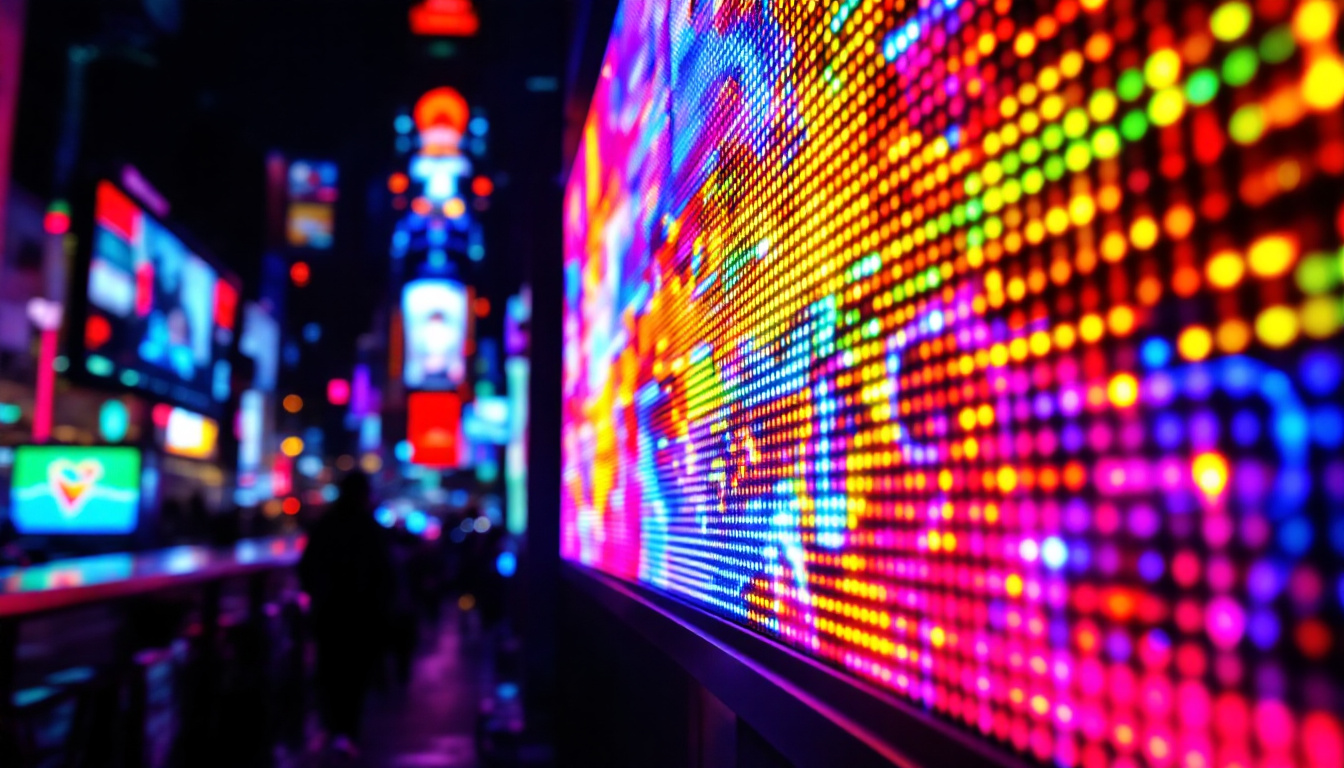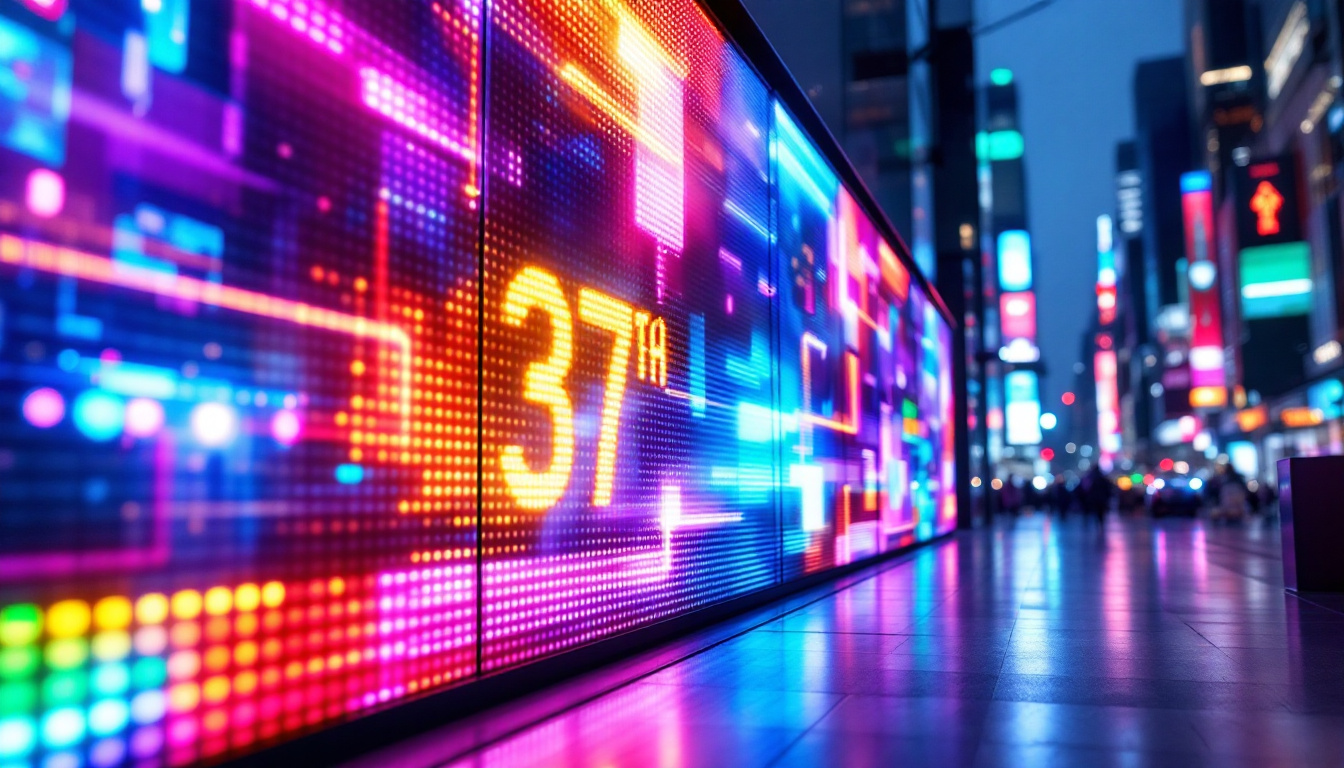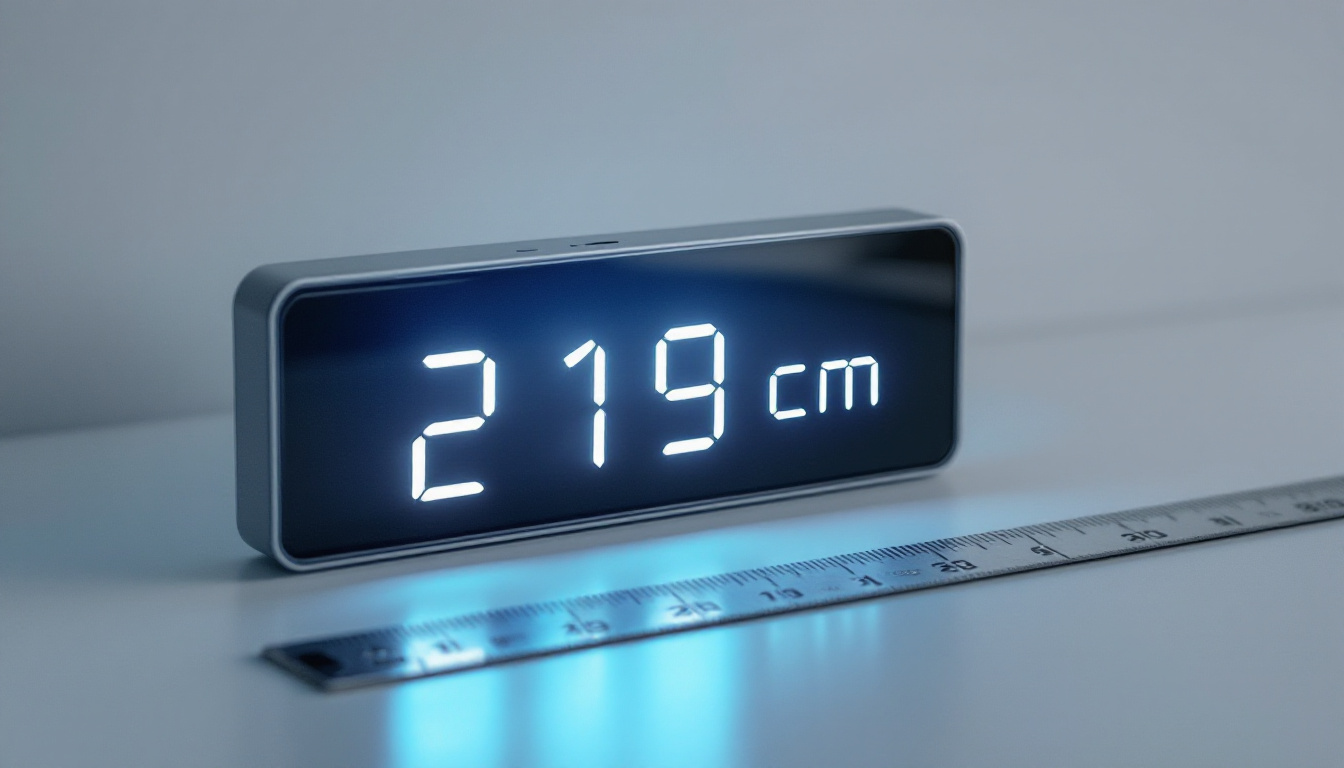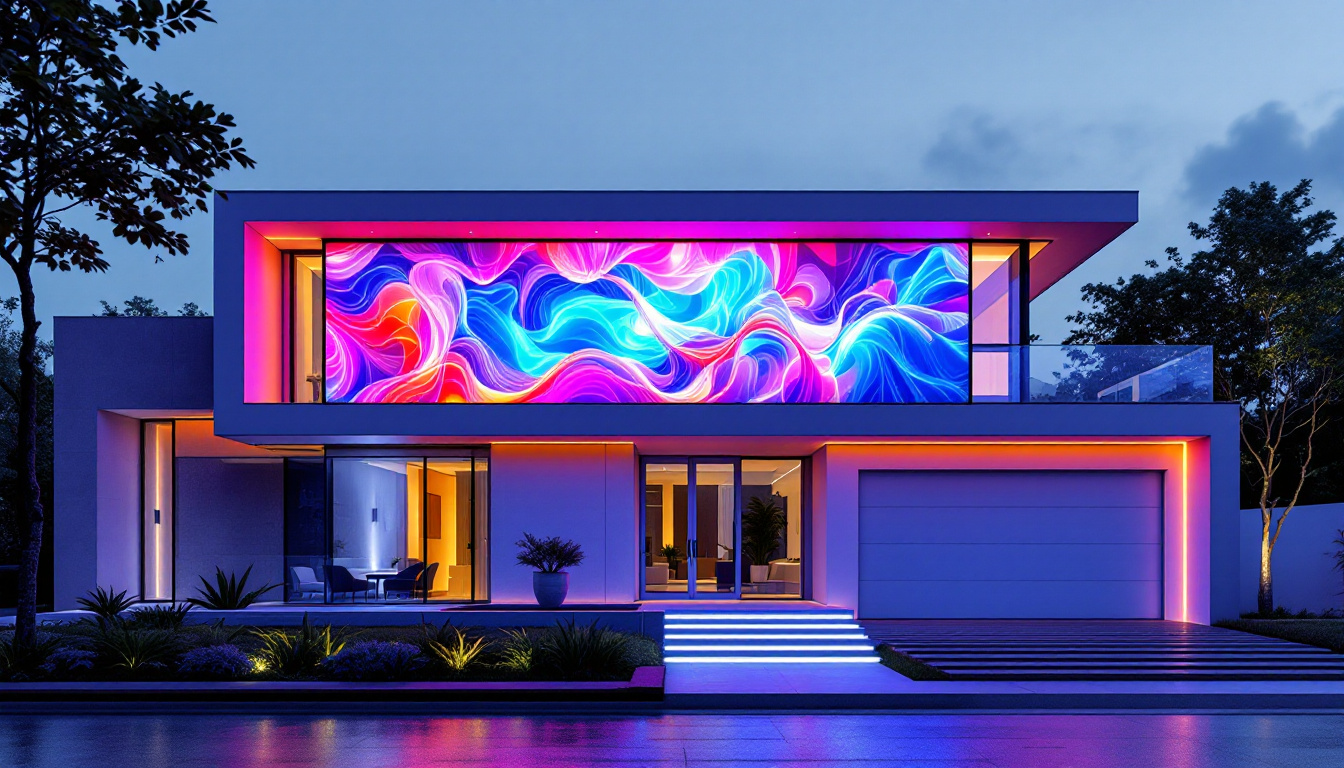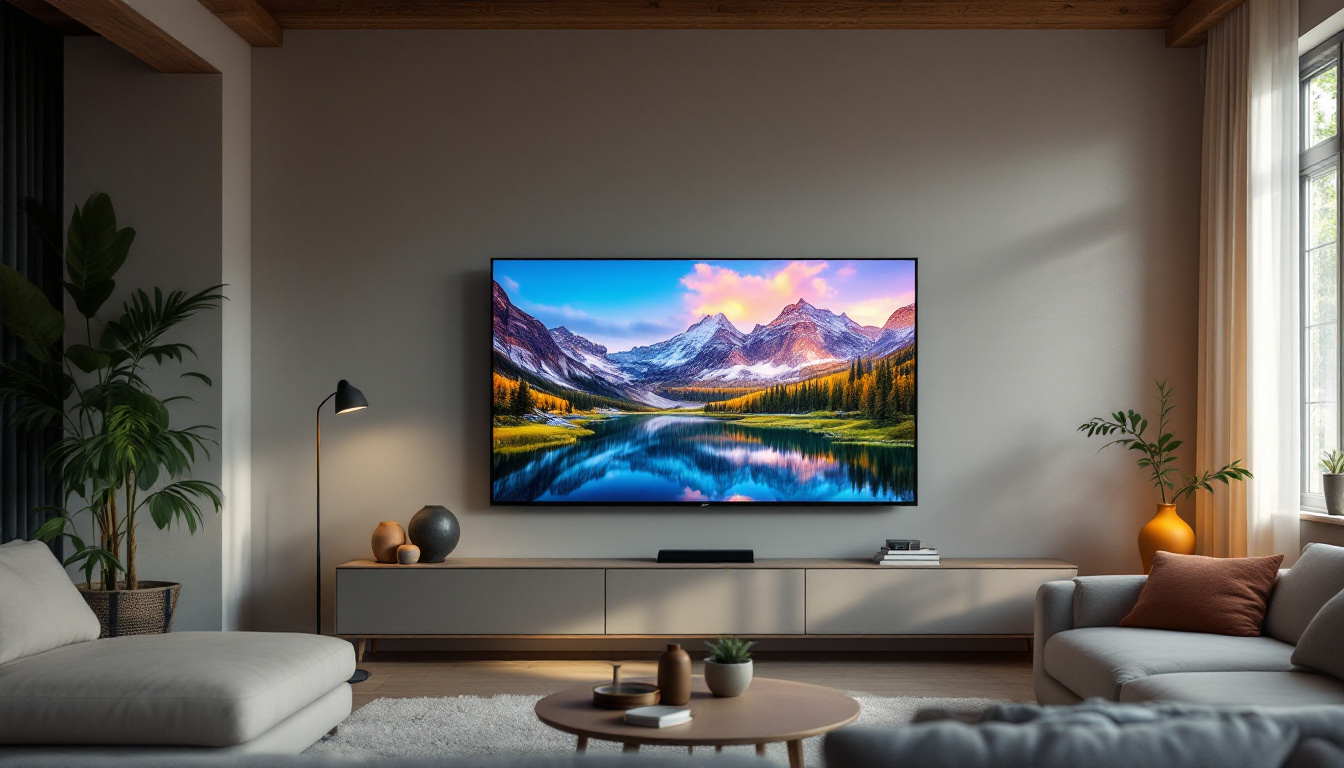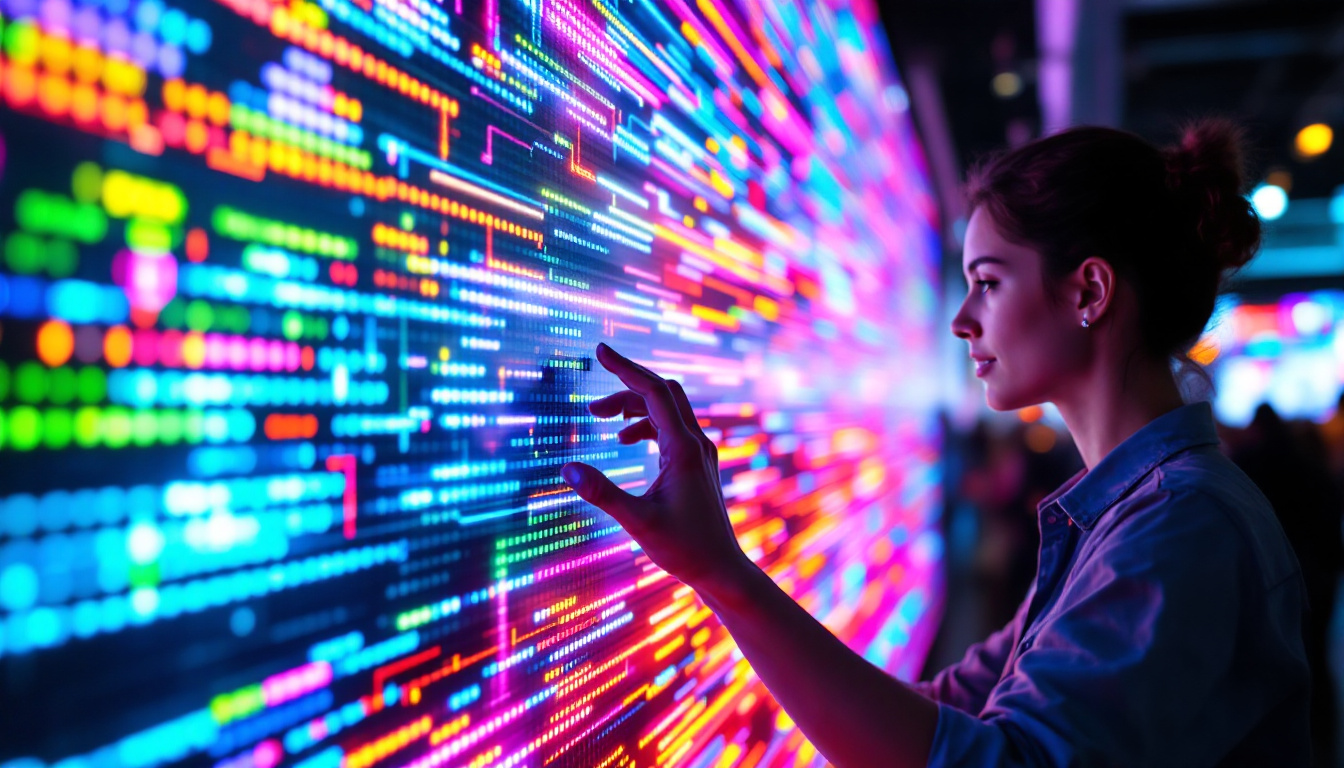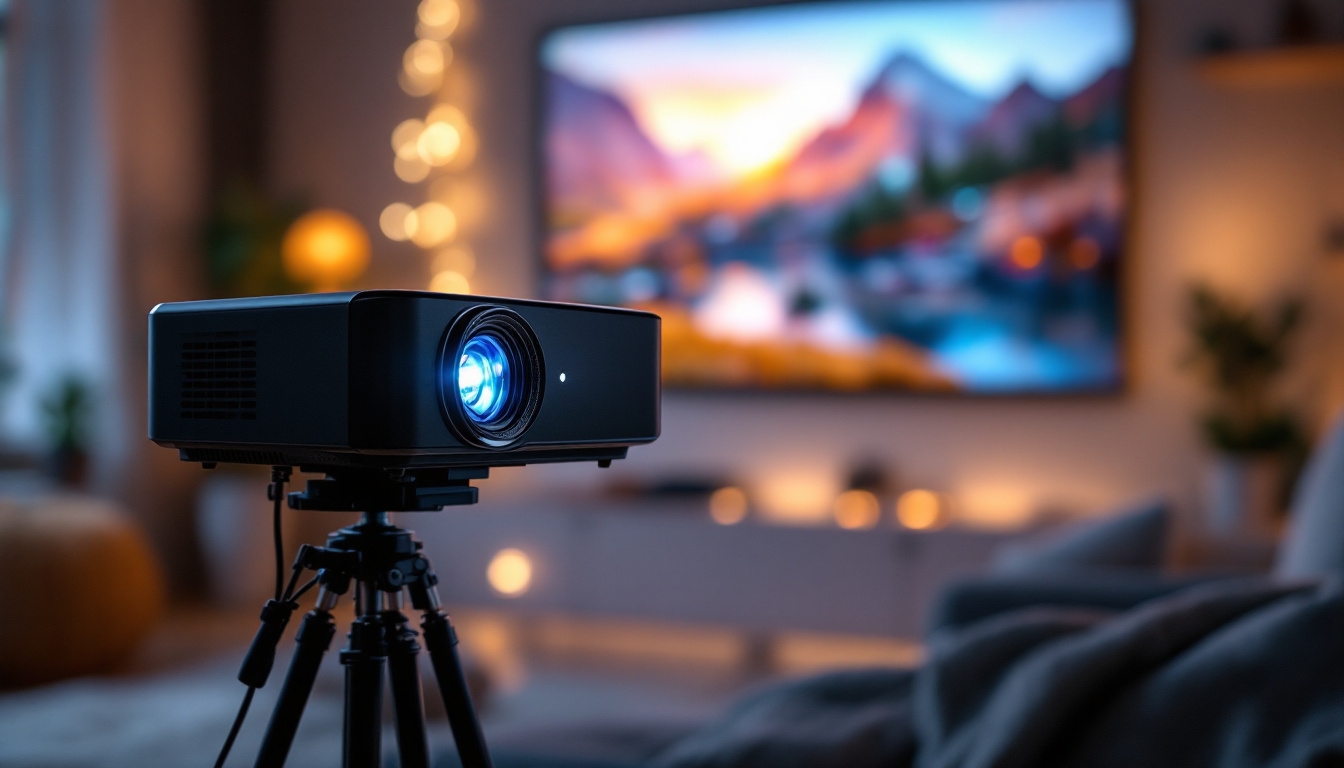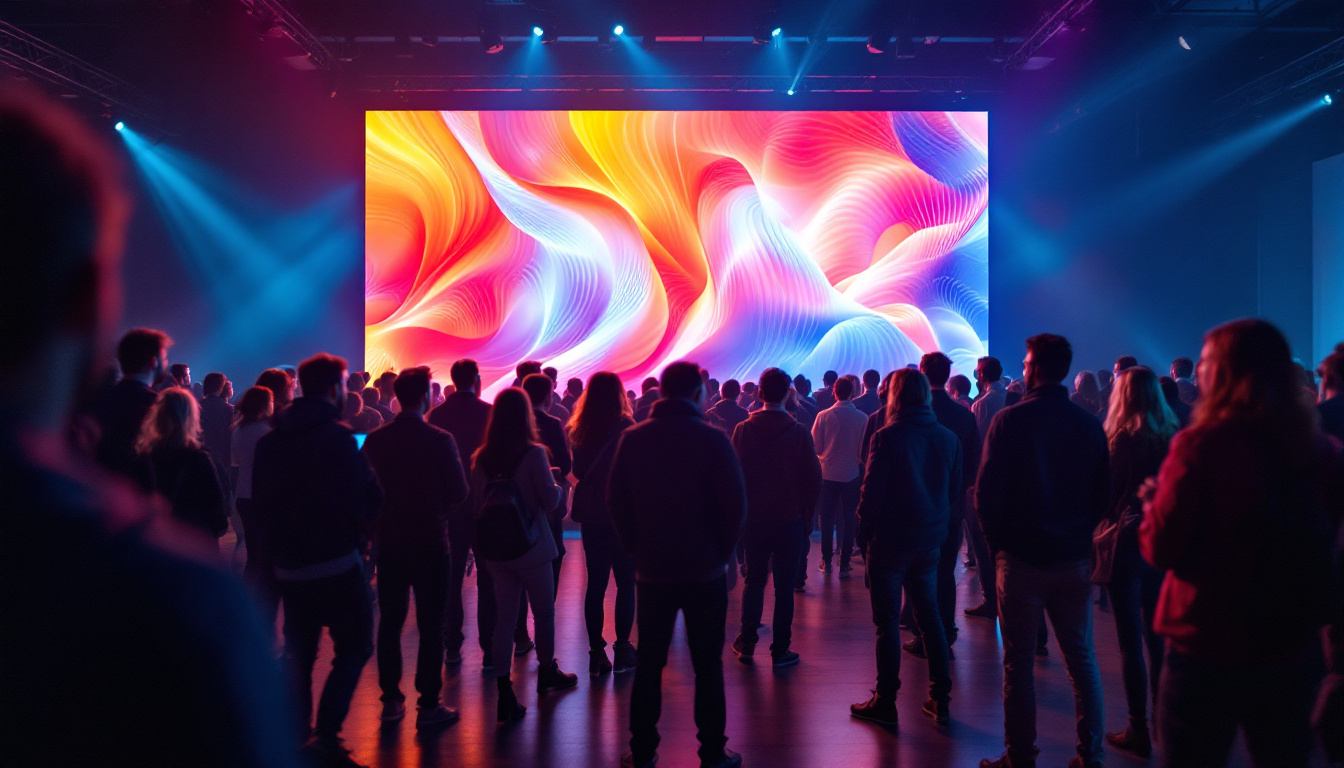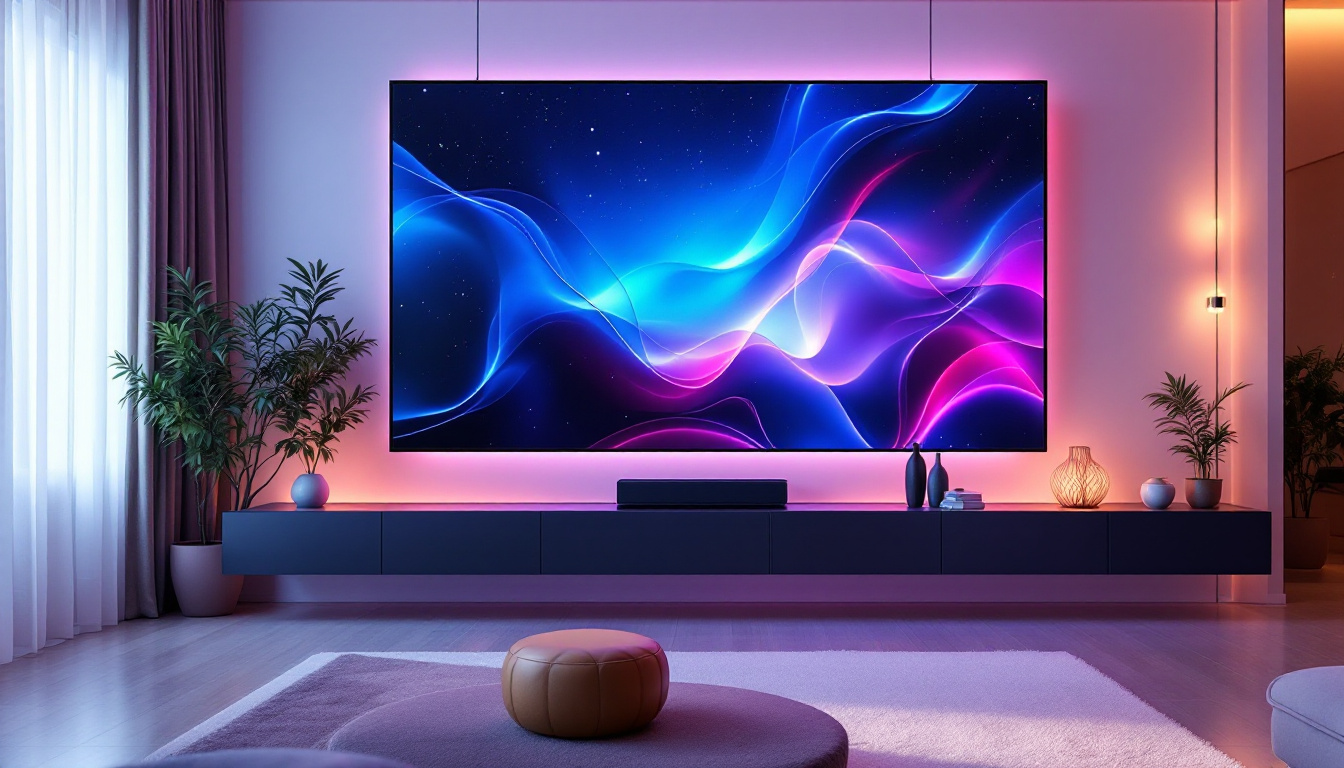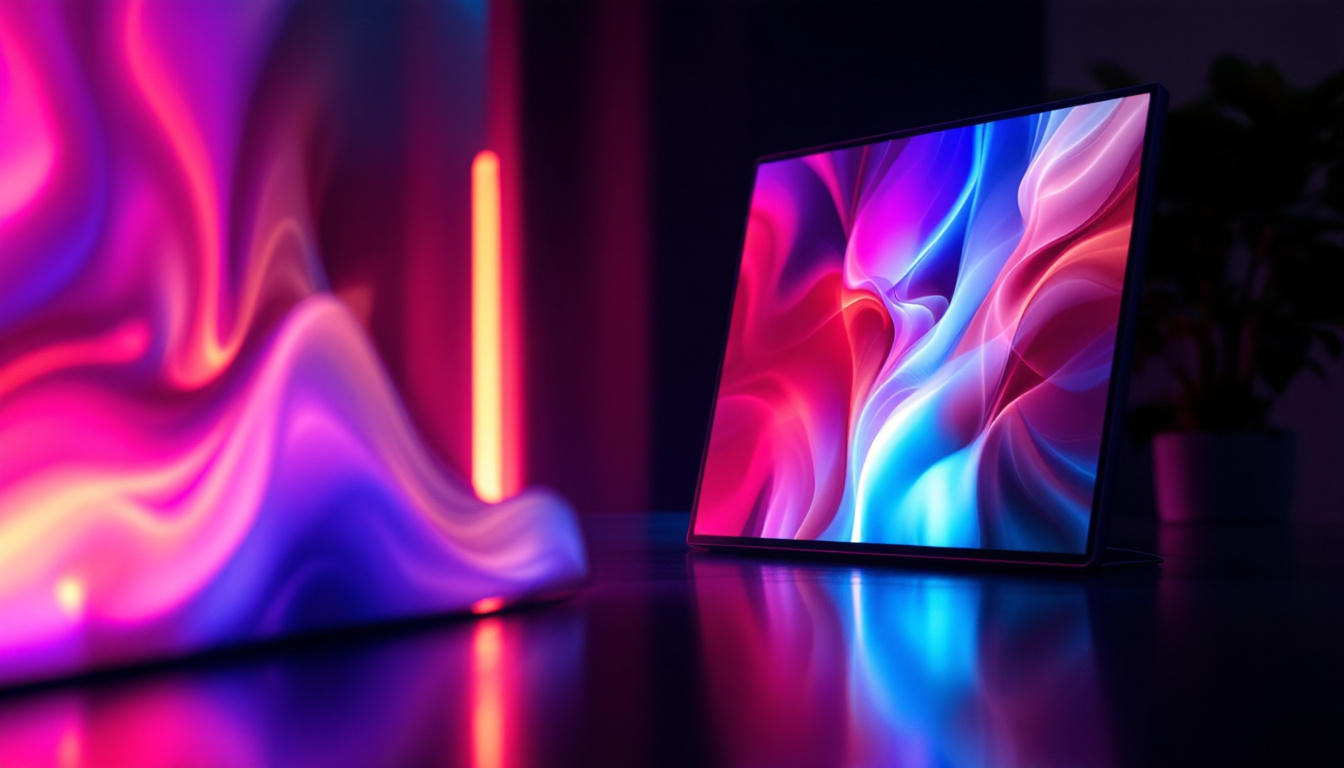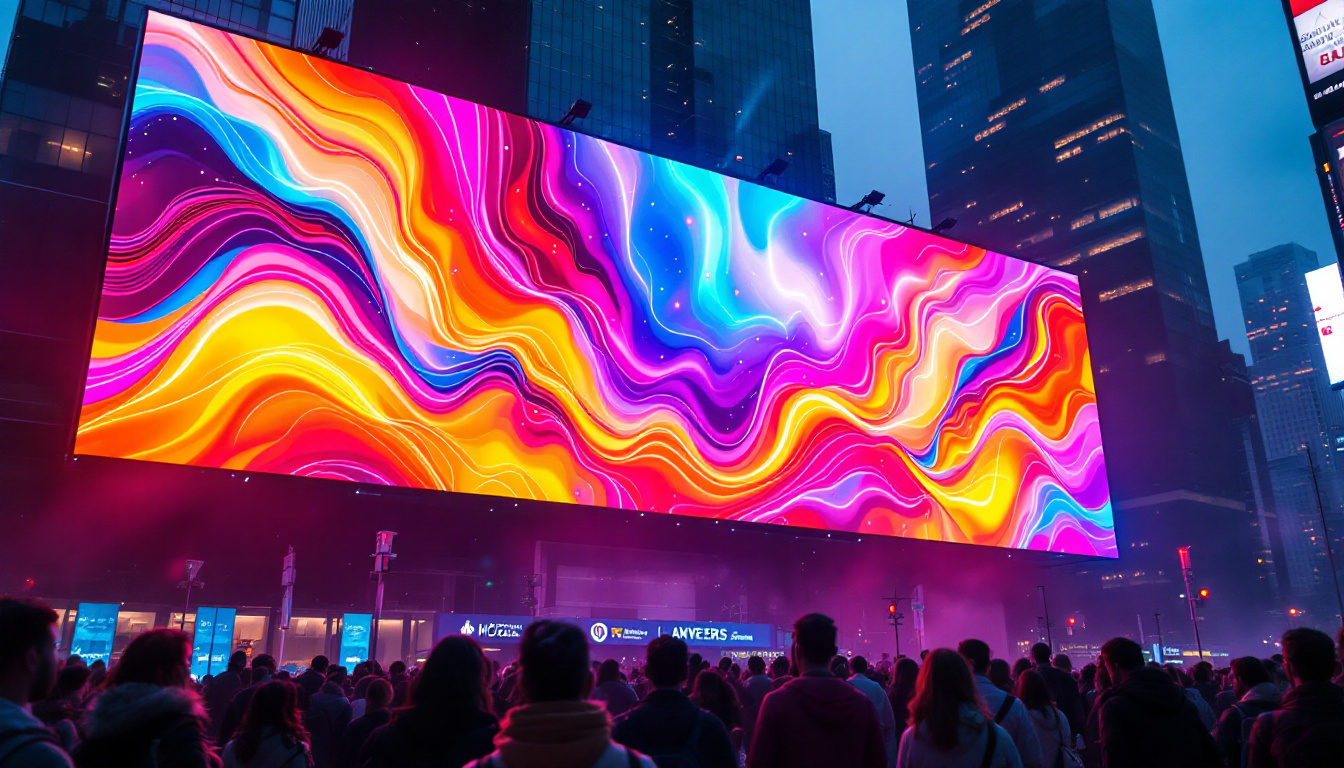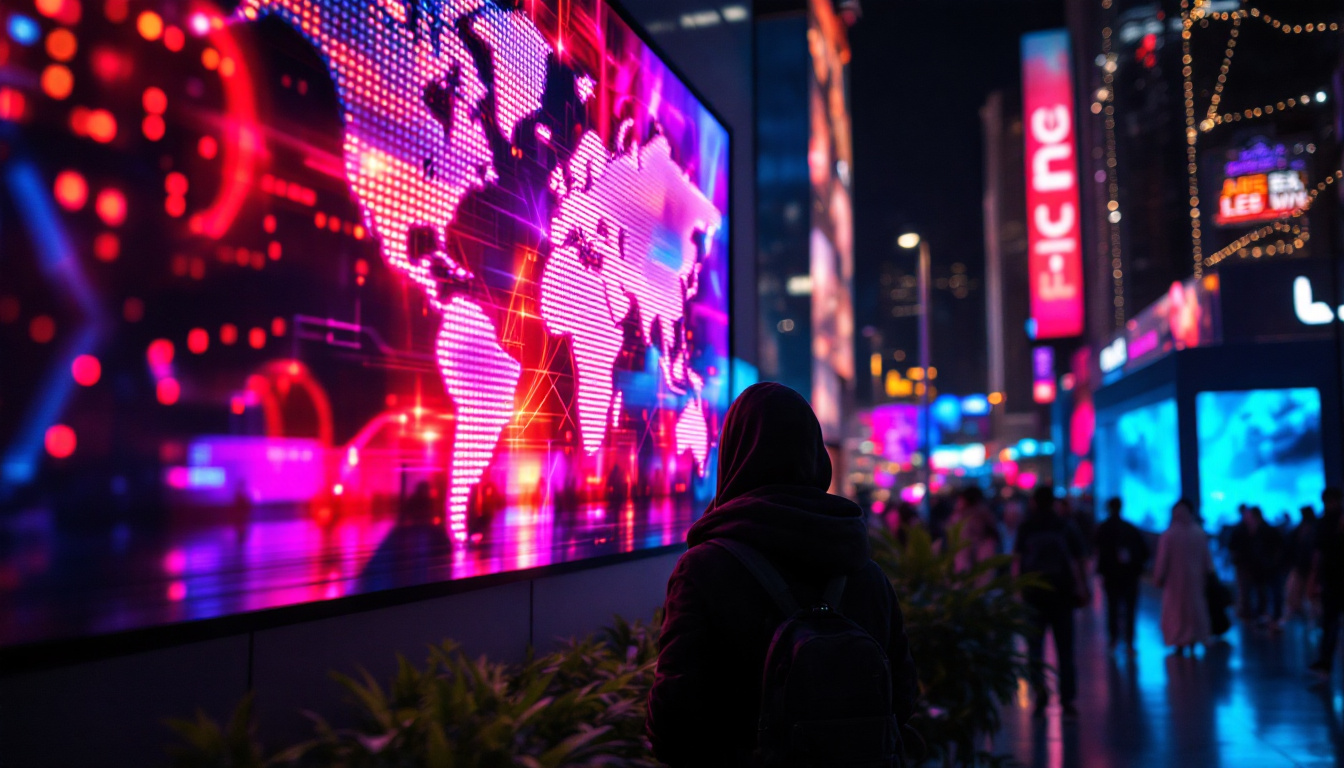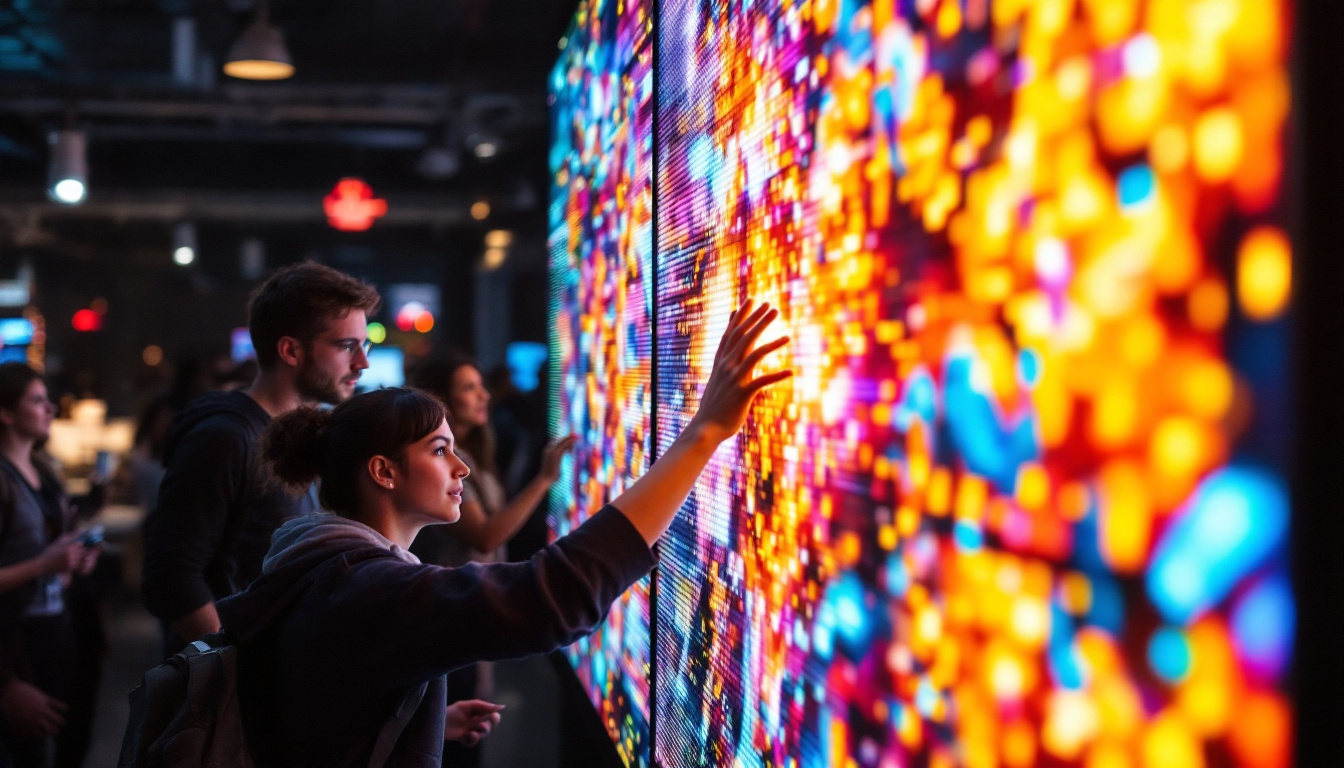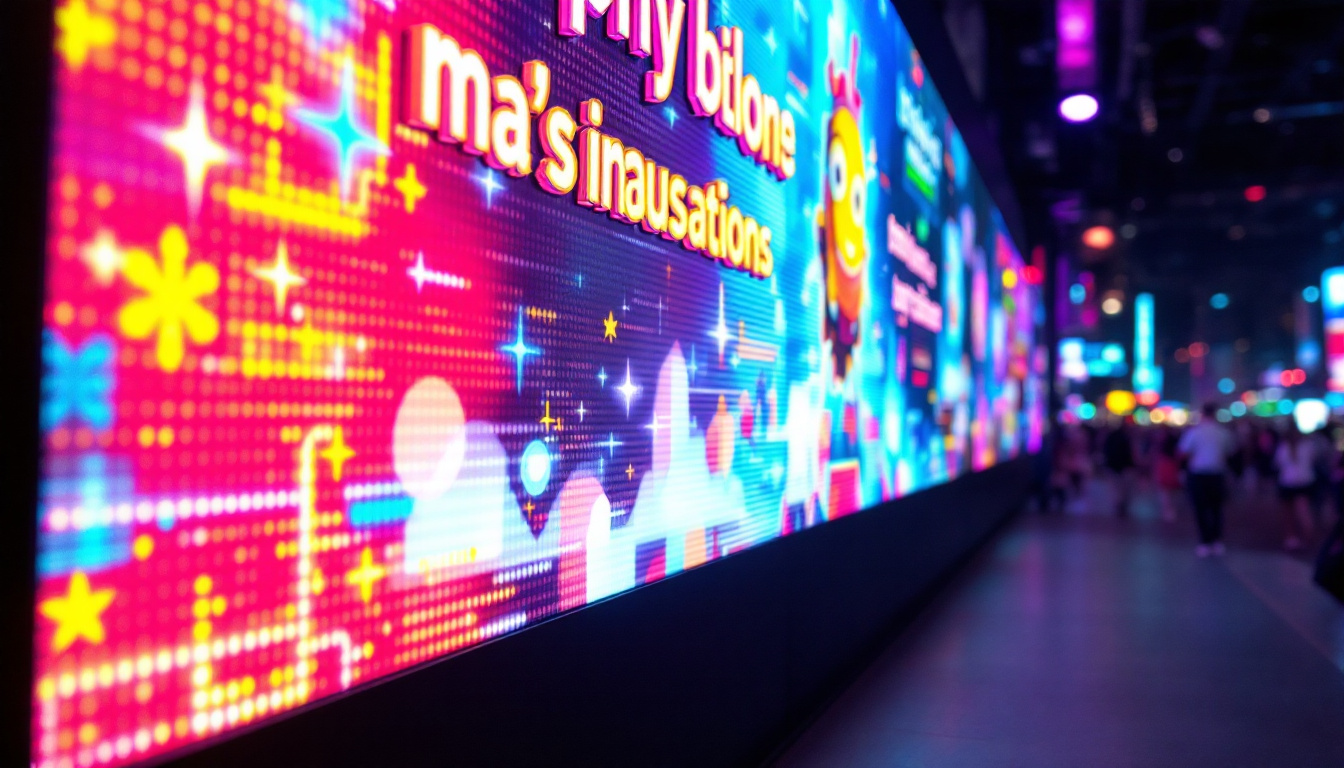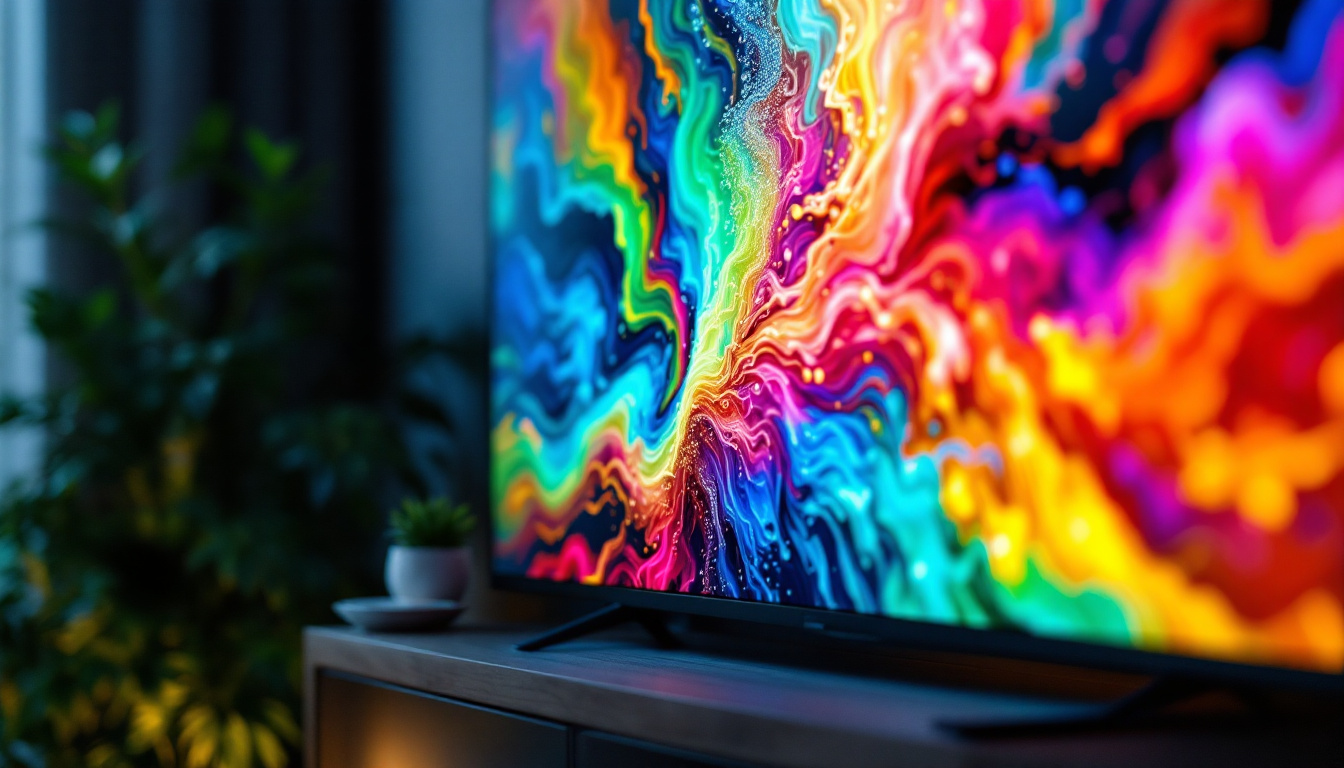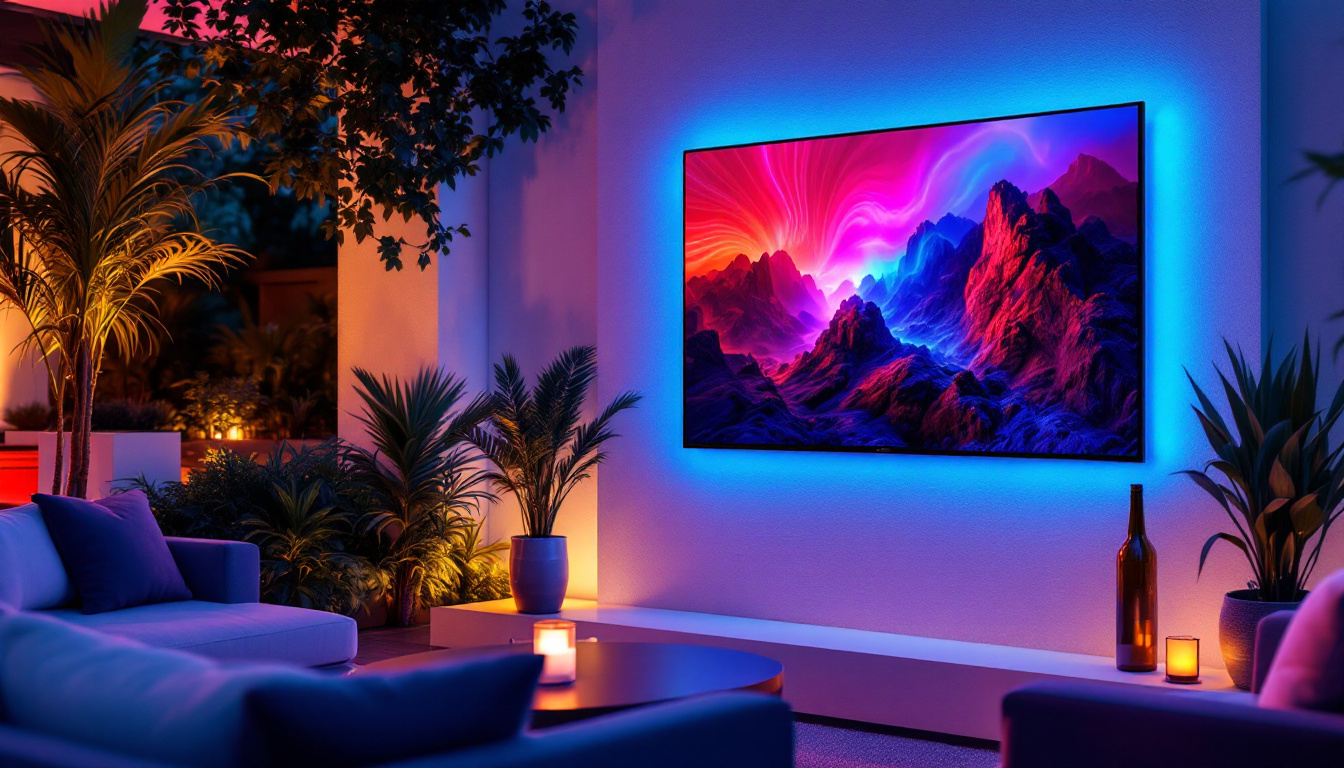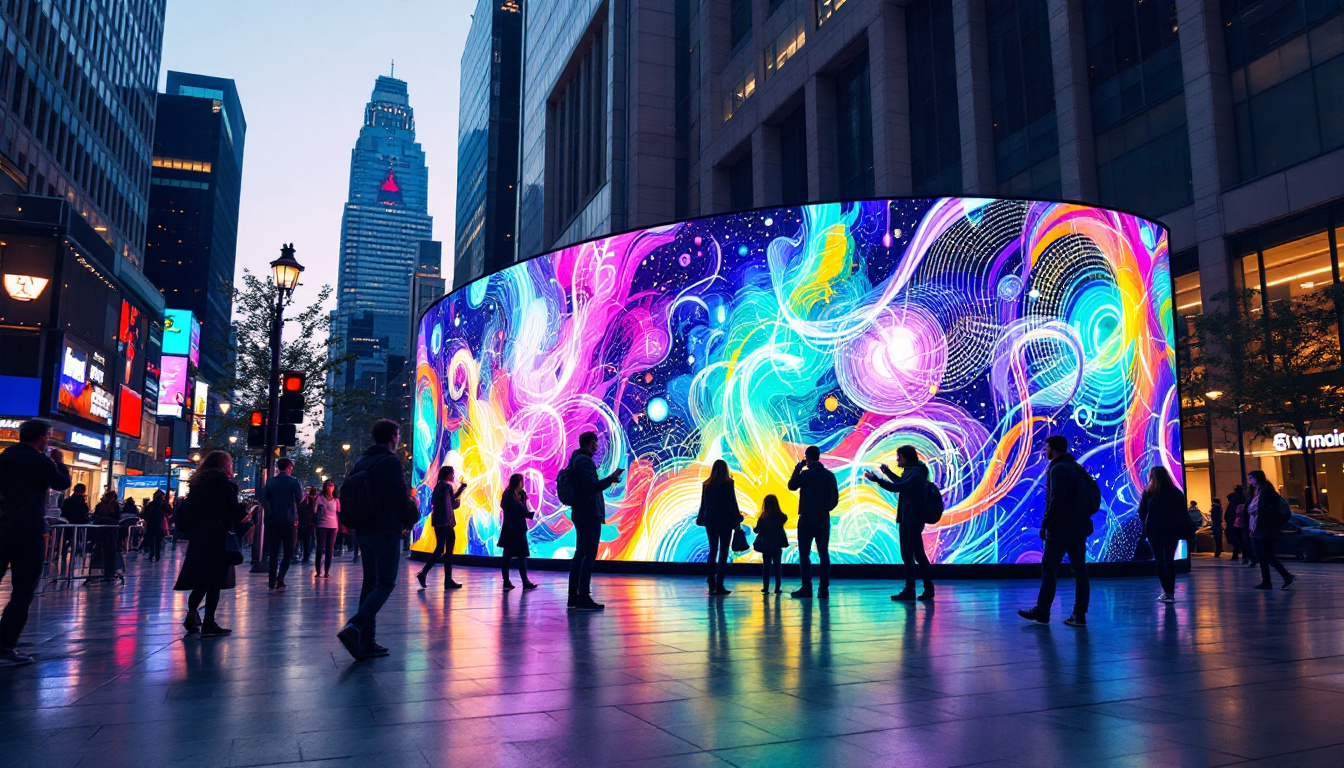Dual Monitor Stand: LED Display Explained
In today’s fast-paced digital world, the demand for efficient workspace setups has surged. A dual monitor stand featuring LED displays has emerged as a popular solution for professionals, gamers, and content creators alike. This article delves into the intricacies of dual monitor stands, the benefits of LED displays, and how they can enhance productivity and user experience.
Understanding Dual Monitor Stands
A dual monitor stand is a mounting solution designed to hold two monitors simultaneously. This setup is particularly beneficial for those who require multiple screens for multitasking, whether for work, gaming, or creative projects. By elevating monitors off the desk, these stands not only save valuable workspace but also promote better ergonomics.
Types of Dual Monitor Stands
There are several types of dual monitor stands available on the market, each catering to different needs and preferences. The most common types include:
- Desk Mounts: These are attached directly to the desk surface, providing a stable base for the monitors. They often feature adjustable arms, allowing users to position the monitors at their desired height and angle.
- Freestanding Stands: These stands do not require any attachment to the desk and can be easily moved around. They are ideal for those who frequently rearrange their workspace.
- Wall-Mounted Stands: For those looking to save desk space, wall-mounted stands are an excellent option. They allow monitors to be mounted directly on the wall, creating a clean and organized look.
Benefits of Using a Dual Monitor Stand
Investing in a dual monitor stand can significantly enhance your workspace in various ways:
- Improved Ergonomics: By adjusting the height and angle of the monitors, users can maintain a comfortable posture, reducing the risk of neck and back strain.
- enhanced productivity: The ability to view multiple screens simultaneously allows for quicker task completion and improved workflow. This is particularly beneficial for professionals dealing with large datasets or multitasking across applications.
- Space Optimization: Dual monitor stands help declutter the desk by elevating monitors, freeing up space for other essential items.
Moreover, dual monitor stands can also contribute to a more organized and aesthetically pleasing workspace. With cable management features often included in these stands, users can keep their cords neatly tucked away, preventing tangles and maintaining a tidy appearance. This not only enhances the visual appeal of the desk but also makes it easier to clean and maintain. Additionally, many stands come with integrated USB hubs or charging ports, providing convenient access to power sources for devices like smartphones and tablets, further streamlining the workspace.
For gamers, a dual monitor stand can elevate the gaming experience by allowing for an immersive setup. With one screen dedicated to gameplay and the other for chat or streaming software, gamers can interact with their audience without missing a beat. Creative professionals, such as graphic designers or video editors, also benefit immensely from this setup, as they can have their editing software open on one screen while referencing materials or tutorials on the other. This versatility makes dual monitor stands an essential investment for anyone looking to maximize their efficiency and enjoyment in their workspace.
LED Displays: A Game Changer
LED displays have revolutionized the way users interact with their monitors. Known for their vibrant colors, sharp contrast, and energy efficiency, these displays offer a superior viewing experience compared to traditional LCD screens.
What is an LED Display?
LED, or Light Emitting Diode, displays utilize semiconductor technology to produce light. Unlike conventional displays that rely on fluorescent backlighting, LED monitors emit light directly from the diodes, resulting in brighter images and deeper blacks. This technology has become the standard for modern monitors, particularly for those used in professional settings. The advancements in LED technology have also led to the development of various types of displays, such as OLED and QLED, which further enhance the viewing experience by offering even greater color depth and contrast ratios.
Advantages of LED Displays
Choosing an LED display for a dual monitor setup comes with numerous advantages:
- Color Accuracy: LED displays provide exceptional color reproduction, making them ideal for graphic design, video editing, and any task requiring precise color matching.
- Energy Efficiency: LED technology is more energy-efficient than traditional displays, leading to lower electricity bills and a reduced carbon footprint.
- Longevity: LED monitors tend to have a longer lifespan compared to other display types, ensuring that users get the most out of their investment.
In addition to these benefits, LED displays also offer improved viewing angles. This means that colors and brightness remain consistent even when viewed from the side, making them perfect for collaborative work environments where multiple people may be looking at the screen simultaneously. Furthermore, the rapid response times of LED displays reduce motion blur, which is particularly advantageous for gamers and those watching fast-paced videos. The combination of these features not only enhances productivity but also elevates the overall user experience, making LED displays a popular choice across various industries.
Moreover, the versatility of LED displays cannot be overlooked. They come in a wide range of sizes and formats, from compact monitors suitable for home offices to large-scale displays used in conference rooms and public venues. Many LED displays also support advanced features such as high dynamic range (HDR) and adaptive sync technologies, which further enhance the visual experience by providing richer colors and smoother motion. As technology continues to evolve, LED displays are likely to integrate even more innovative features, solidifying their position as the go-to choice for both casual users and professionals alike.
Setting Up Your Dual Monitor Stand
Setting up a dual monitor stand with LED displays can seem daunting, but with the right steps, it can be a straightforward process. Here’s a guide to help you get started.
Choosing the Right Location
Before installation, it’s essential to choose the right location for your dual monitor stand. Consider the following factors:
- Desk Space: Ensure that there is enough space on your desk to accommodate the stand and both monitors without causing clutter.
- Lighting: Position the monitors to avoid glare from windows or overhead lights, which can strain the eyes and hinder visibility.
- Accessibility: Place the monitors at a height and distance that allows for comfortable viewing without straining the neck or eyes.
Installation Steps
Once the location is determined, follow these steps to install your dual monitor stand:
- Assemble the Stand: Begin by assembling the stand according to the manufacturer’s instructions. Ensure all screws and components are secured properly.
- Attach the Monitors: Carefully attach each monitor to the stand. Most stands come with VESA-compatible mounting brackets, making this process easier.
- Adjust the Position: After securing the monitors, adjust their height and angle to achieve optimal viewing comfort.
- Connect Cables: Finally, connect the necessary cables to your computer and ensure everything is functioning correctly.
Maximizing Productivity with Dual Monitors
Once the dual monitor stand is set up, users can leverage the benefits of a dual display to maximize productivity. Here are some tips to make the most out of a dual monitor setup:
Utilizing Screen Real Estate
With two monitors, users can spread out their applications, allowing for a more organized workspace. For instance, one monitor can be dedicated to email and communication tools, while the other can display documents or projects. This separation minimizes the need for constant window switching, streamlining workflows.
Implementing Virtual Desktops
Many operating systems now support virtual desktops, which allow users to create multiple desktop environments. This feature can be particularly useful in a dual monitor setup, enabling users to categorize tasks and projects effectively. For example, one desktop can be used for work-related tasks, while another can be reserved for personal use or entertainment.
Keyboard Shortcuts and Window Management
Learning keyboard shortcuts can significantly enhance efficiency when using dual monitors. Most operating systems offer shortcuts for moving windows between screens or maximizing applications. Familiarizing oneself with these shortcuts can save valuable time and streamline the workflow.
Common Issues and Troubleshooting
While dual monitor setups can greatly enhance productivity, users may encounter some common issues. Understanding how to troubleshoot these problems can ensure a smoother experience.
Display Not Detected
One of the most common issues users face is when a monitor is not detected by the computer. This can be caused by several factors:
- Cable Connections: Ensure that all cables are securely connected to both the monitors and the computer. A loose connection can prevent the display from being recognized.
- Input Source: Check that the correct input source is selected on the monitor. Many monitors have multiple input options, and the wrong one may be selected.
- Graphics Driver: Outdated or incompatible graphics drivers can lead to detection issues. Ensure that the latest drivers are installed and updated.
Screen Flickering or Blurriness
Screen flickering or blurriness can be distracting and hinder productivity. To address these issues:
- Refresh Rate: Check the refresh rate settings in the display settings of your computer. Ensure that the refresh rate is set to the recommended value for each monitor.
- Resolution Settings: Ensure that each monitor is set to its native resolution. Incorrect resolution settings can lead to poor image quality.
- Cable Quality: Sometimes, the quality of the cables can affect display performance. Consider upgrading to higher-quality cables if issues persist.
Conclusion
A dual monitor stand with LED displays can transform any workspace, offering improved ergonomics, enhanced productivity, and a more organized environment. By understanding the benefits of dual monitor setups and how to maximize their potential, users can significantly boost their efficiency and overall experience.
Whether for professional use, gaming, or creative projects, investing in a dual monitor stand and LED displays is a decision that pays dividends in productivity and comfort. As technology continues to evolve, embracing these advancements can lead to a more effective and enjoyable work experience.
Discover the Future of Visual Displays with LumenMatrix
Ready to elevate your workspace and experience the pinnacle of LED display technology? LumenMatrix is at the forefront of innovation, offering a diverse range of LED display solutions that cater to your every need. From immersive Indoor LED Walls to dynamic Outdoor Displays and beyond, our products are designed to captivate and engage. Embrace the future of visual communication with LumenMatrix and transform the way you share your message. Check out LumenMatrix LED Display Solutions today and see the difference for yourself.

